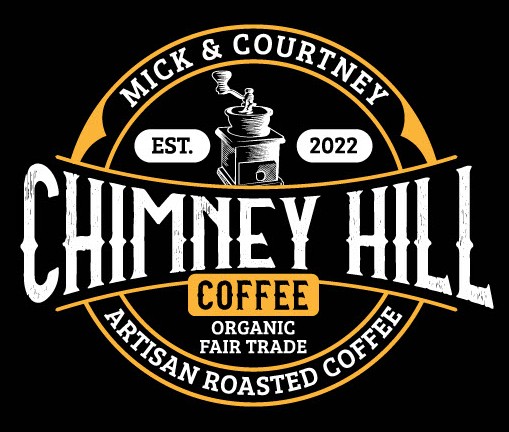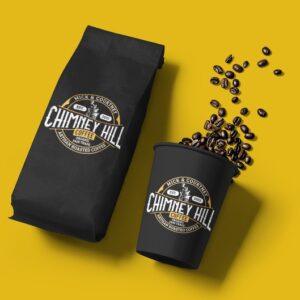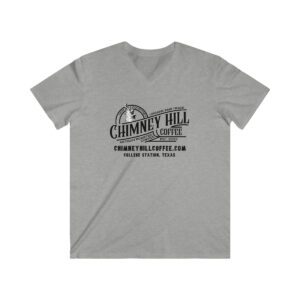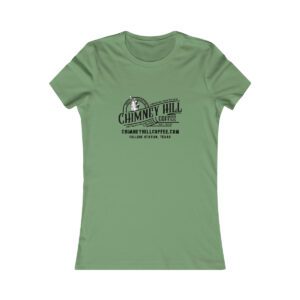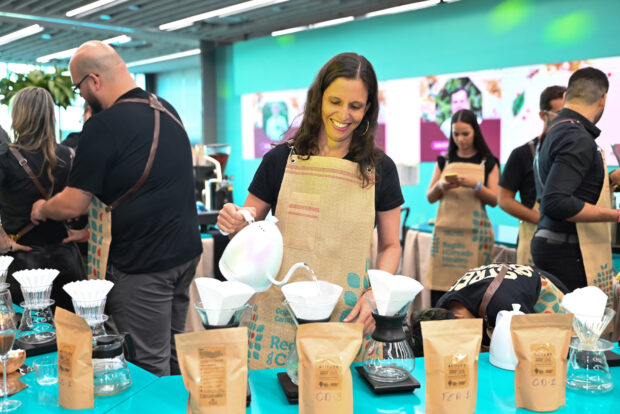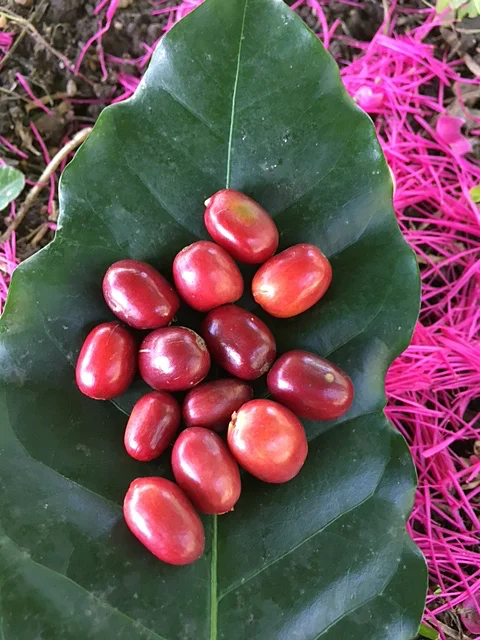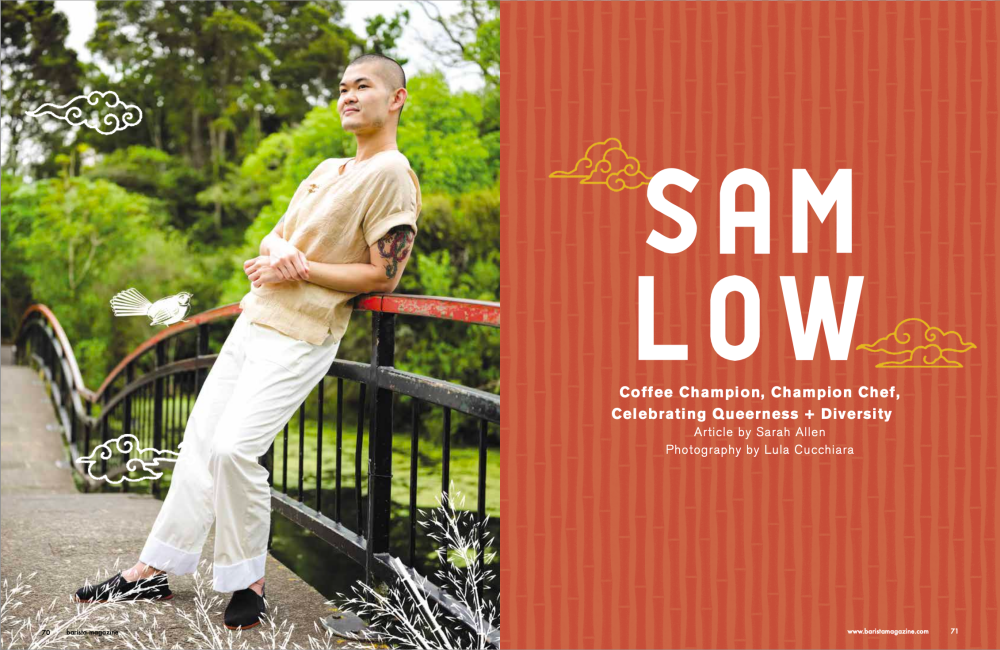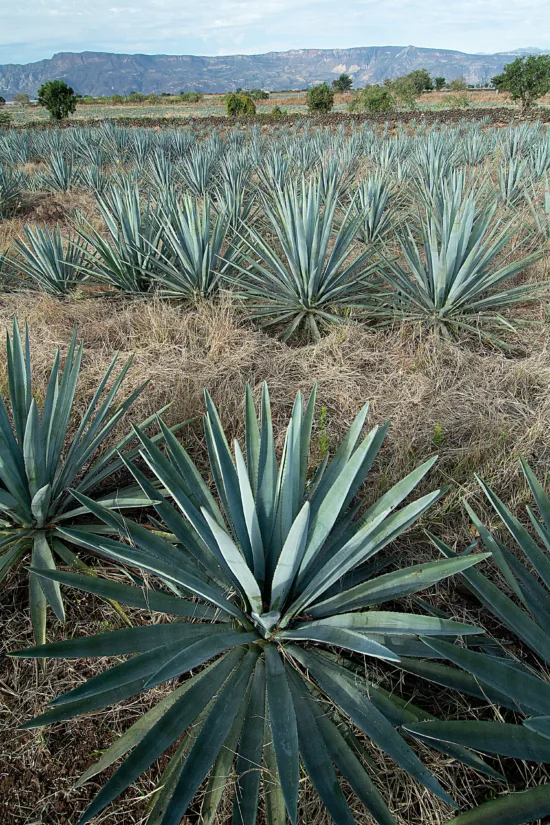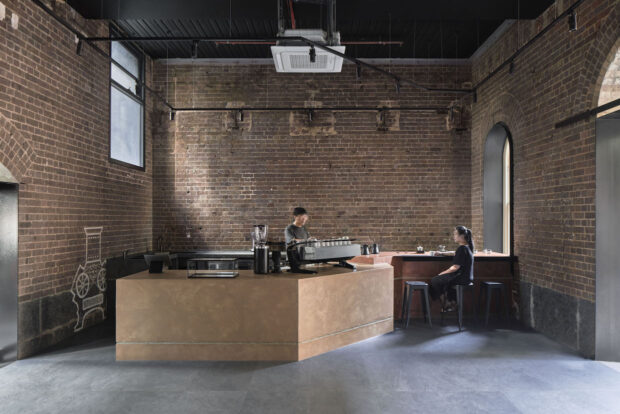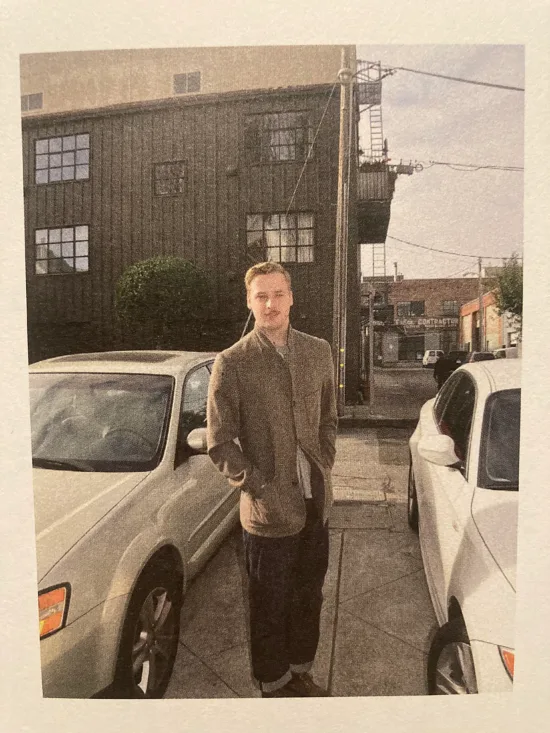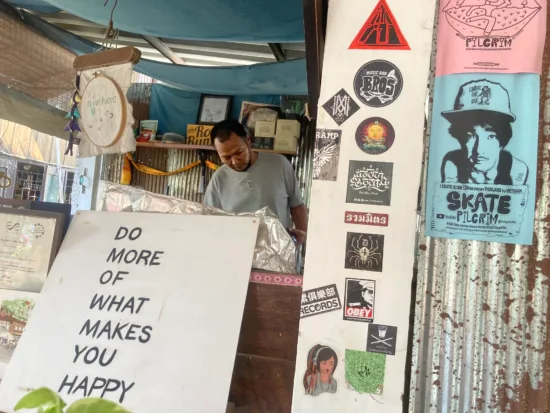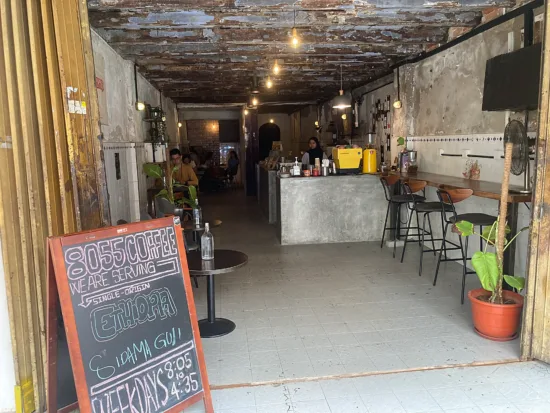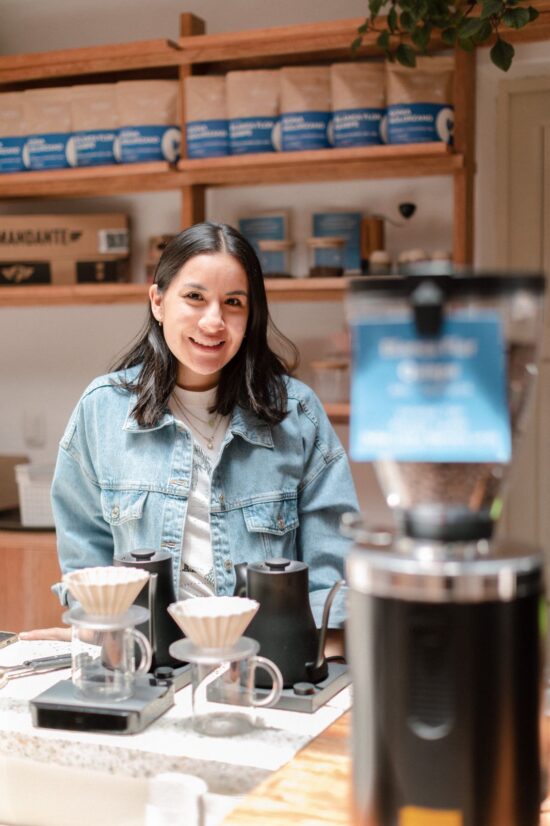The Malaysian capital is often visited in a hurry, but visitors who take the time to explore will discover a welcoming city, thanks in part to its friendly specialty cafés. BY TANYA NANETTI SENIOR ONLINE CORRESPONDENT Photos by Tanya Nanetti Kuala Lumpur, the capital...
Bypass coffee brewing: How can it improve extraction?
Bypass coffee brewing: How can it improve extraction?
Bypass coffee brewing: How can it improve extraction?
Bypass coffee brewing: How can it improve extraction?
Bypass coffee brewing: How can it improve extraction?
Bypass coffee brewing: How can it improve extraction?
Thread Coffee Roasters Opens Tailor-Made Roastery in Baltimore
The interwoven actions of Thread Coffee Roasters in Baltimore are finding exponentially more space this week with the grand opening of a brand-new production roastery and training lab. The worker-owned...
Toronto’s Pilot Coffee Roasters Acquiring Bridgehead Coffee for $3.6 Million
Toronto, Ontario-based specialty coffee roaster and retailer Pilot Coffee Roasters is acquiring Ottawa-based Bridgehead Coffee in a deal worth approximately US$3.6 million. Bridgehead, which has 21 coffee shop locations throughout...
Baking With Coffee For Beginners
This article is from the coffee website Sprudge at http://sprudge.com. This is the RSS feed version. Where to get started when introducing coffee to your bakes.
Hawaiian Legislators Introduce Bills for Stricter Coffee Labeling
Legislators representing the Kona district of Hawaii have introduced a series of bills that would require more strict labeling requirements for single-origin coffees and blends containing Hawaiian-grown coffees. Some Kona...
New AFCA Director Gilbert Gatali on the 20th African Fine Coffees Conference
As the African Fine Coffees Association (AFCA) prepares for the 20th iteration of its flagship event, the African Fine Coffees Conference and Exhibition, the group is operating under new executive...
Philadelphia’s Café Don Pedro Seeks to Build Up Small Businesses
A Dominican-owned coffee roasting company called Café Don Pedro recently launched in Philadelphia with ambitions for direct trading and boosting more Latino-owned small businesses throughout its supply and distribution networks....
How much do you over-extract coffee in recipes?
This is sort of an odd question, but it's not a troll. While I love brewing specialty coffee, I also enjoy frappes (with or without ice cream). A major hurdle when using my espresso has been that while the final beverage tastes fine, the coffee is just too high...
Sprudge Maps Spotlight: Little Bear Coffee In Albuquerque, NM
This article is from the coffee website Sprudge at http://sprudge.com. This is the RSS feed version. Little Bear Coffee in Albuquerque, New Mexico.
Starbucks Will Hold their Own Barista Championship Thank You Very Much
This article is from the coffee website Sprudge at http://sprudge.com. This is the RSS feed version. The North American Barista Championship is expected to host over 15,000 Starbucks hourly workers.
What I Learned from My First Tea Ceremony
After taking in a brief moment of a tea ceremony in Thailand, I finally had the chance to participate in the full experience recently in Malaysia. BY TANYA NANETTI SENIOR ONLINE CORRESPONDENT Photos by Tanya Nanetti In the years that I worked as a barista in a café,...
Why it’s easier for wealthier producers to grow specialty coffee
It takes money – and sometimes a lot – to grow specialty coffee. Producers not only need to continuously maintain and improve quality and yields, but they also have to invest back into their farms. Whether it’s replacing equipment and machinery or planting more...
Does specialty Robusta exist?
Hello! Has anyone tried 'specialty robusta'? I work with specialty cacao, and I often observe Robusta shrubs being cultivated at lower altitudes alongside cacao trees. Some farmers are experimenting with carbonic maceration to enhance the marketability of...
[MOD] The Daily Question Thread
Welcome to the daily /r/Coffee question thread! There are no stupid questions here, ask a question and get an answer! We all have to start somewhere and sometimes it is hard to figure out just what you are doing right or doing wrong. Luckily, the /r/Coffee community...
The Sprudge Guide To Coffee Shops In Vancouver, BC
This article is from the coffee website Sprudge at http://sprudge.com. This is the RSS feed version. Where to drink coffee in Vancouver, British Columbia, Canada.
Coffee Machine (High density use)
Hi everyone, i am new in this coffee world and i am looking to buy me a coffee machine to setup a small business. I am looking for affordable machine that is good for high density use. Im open for any recommendation and opinion. Thank you guys! Here is what ive found...
Which to buy first?
Hi there, mostly a lurker until now. I'm trying to incentivize myself towards some goals and decided that rewarding myself with a better coffee set up upon reaching those goals would be great. I plan to get myself one nice thing when I reach my intermediate goal...
[MOD] The Official Deal Thread
Welcome to the /r/Coffee deal and promotional thread! In this weekly thread, industry folk can post upcoming deals or other promotions their companies are holding, or promote new products to /r/Coffee subscribers! Regular users can also post deals they come across....
The London Coffee Festival has just more than doubled its ticket price
Last year: £18 This year: £38 Unbelievable. It’s the same venue and same setup. I’m just an ordinary coffee fan and every year I spend a lot buying roasts and equipment there. submitted by /u/gahgeer-is-back [link] [comments]
Explain making good coffee to me like I’m 5.
Hi everyone, I’m not new to drinking coffee, but I’d like to start making it (well) at home myself. I’m totally clueless. I have an old Keurig that I rarely use, as well as a basic Mr. Coffee maker. Usually I buy dark roast ground coffee (I do like a good, strong cup...
Seeking instant test for rough caffeine level in coffee
About once a month, some inattentive barista gives me regular coffee by mistake, which is a bummer. I drink decaf. So when I get coffee at a cafe, I'd like to do an instant test of the rough caffeine level by dipping a strip into the coffee. Something analogous...
Questions/thoughts on cardamom-forward "thermal shock" processed coffees.
Hey everyone, Having a cup of Buttercream from September roasters and got to thinking. This is the second thermal-shock processed coffee I have had with this huge, distinctive cardamom note (The other being DAK milky cake which is also from Colombia, but from a...
Third Wave Coffee brands
Greetings to all, I am reaching out to this knowledgeable community with a query regarding the recognition of coffee brands within the third wave coffee movement. Is there an existing, publicly accessible list that categorizes and acknowledges coffee brands as part of...
Looking for drip + espresso grinder – doesn’t need to be amazing.
I currently use an Ode for my drip and a Lido 3 for my espresso. I have ALS though and can no longer hand grind. My Ode is acting up after daily use 1-2 times a day for 3.5 years. I’ve cleaned it regularly it’s the motor I think having issues. Making odd noises....
Bypass coffee brewing: How can it improve extraction?
There is a lot of science to brewing coffee. Whether knowingly or unknowingly, we trigger – and try to control – an almost endless number of chemical reactions to achieve the perfect extraction.
To do so, we have to tweak different variables – such as grind size, temperature, and coffee-to-water ratio – to get the best results. And while most of these adjustments take place before or during the brewing process, some coffee professionals choose to make them after they have extracted their coffee.
Bypass brewing is one of the most prominent examples. This involves intentionally brewing a more concentrated batch of coffee, which is then diluted with water. In turn, you can change a coffee’s sensory profile – creating new flavours and mouthfeel.
There are, however, no set or formal standards for intentional bypass brewing. So is there a “right” way to do it?
To find out, I spoke to Mithilesh Vazalwar, the 2022 Indian Barista Champion, and Ben Jones, the 2016 US AeroPress Champion.
You may also like our article exploring the future of pour over coffee.


What is bypass brewing and how does it work?
Quite simply, bypass brewing is when water is added to coffee after it has been extracted – thereby avoiding any contact with ground coffee. In some ways, it’s no different to diluting coffee concentrate, for example.
As well as winning the 2016 US AeroPress Championship, Ben Jones is a former coffee trainer and consultant. He tells me that the bypass method most likely originated as a function on certain automated batch brewer brands.
“The bypass feature [of these machines] intentionally sends water around the filter so it doesn’t come into contact with ground coffee, so it bypasses the brew bed,” he says. “This allows you to brew large batches of coffee without overflowing the basket, overextracting the coffee, or relying on absurdly long brew times.”
Another comparison with bypass brewing is adding an ice cube to a glass of whisky or scotch. Instead of watering down the liquor, the small amount of water helps to highlight or change certain flavours.
“It can be used to increase the volume of coffee, but with practice, you can manipulate flavour and texture,” Ben adds.
Some bypass brewing, however, can be unintentional – meaning the results aren’t always desirable.
“This is when you make a mistake with your pouring technique, or there is a design flaw with the brewer you’re using,” Ben explains. “In turn, it leads to inconsistencies.”


Popularity at competitions
Bypass brewing is a popular practice at competitions – particularly AeroPress Championships.
“Using a higher dose and the same amount of water means you can extract enough of the desirable flavour compounds while also reducing the risk of overextracting,” Ben tells me.
For some competitors, bypass brewing can rescue “bad” brews. In addition to being the 2022 Indian Barista Champion, Mithilesh Vazalwar is the 2017 Indian AeroPress Champion and the CEO of Corridor Seven Coffee Roasters.
“You can control multiple variables using bypass brewing,” he says. “I have been using bypass brewing for a while now and it helps me to accentuate or minimise certain flavours. Bypass helps you to curb more bitter and overly acidic characteristics, which helps to make the final cup profile more rounded and softer.”
Mithilesh goes on to explain that the bypass method was a crucial part of his winning 2017 AeroPress routine.
“I was given a dark roasted coffee,” he tells me. “I made a concentrated brew and then bypassed it with about 60ml of cold water. This reduced the perceived bitterness and lifted out tiny amounts of sweetness.”


Is there a “right” way to bypass?
There is no single way to carry out the bypass method. As with any other brewing method, it’s subjective and largely comes down to personal preference.
“Ultimately, if you like what you brewed then you did it right,” Ben says. “Generally, when preparing a single serving of coffee with the bypass method, people brew using 60% to 80% of the total water weight and then add the remaining water after extraction is complete.”
Balancing extraction levels
Ben emphasises that most people prefer the level of total dissolved solids in their filter coffee to be between 1.15% and 1.35%. As a result, he says it’s possible to extract “too much flavour”.
“When we add water, we spread a little less flavour across our taste receptors, allowing us to perceive it with more clarity,” he adds. “It’s like when music is too loud – it’s hard to hear, so turning it down a little helps.”
Avoiding too much or too little bypass
As previously stated, unintentional bypassing is not ideal, but it can be easily avoided.
For example, when preparing pour over coffee, you should avoid pouring water directly onto the filter or along the edge of the slurry (where it’s more likely to move past the grounds rather than through them).
“The best way to prevent too much or too little bypass is to practise attentive tasting,” Ben suggests. “Then, when your coffee tastes great, you can repeat your process.”
Meanwhile, Mithilesh uses a simple bypass ratio: for every gram of coffee he uses, he adds two grams of bypass water.
“So if I use 20g of coffee, I will bypass 40ml of water,” he says. “However, it’s also about finding balance and what works for you. I recommend brewers and baristas to start with bypassing 10ml of water and then tasting the results. You can then add another 10ml and keep adding more until you find your ‘sweet’ spot.”


Beyond the AeroPress
In his opinion, Ben says the AeroPress is the best brewer for the bypass method – largely thanks to its inherent simplicity.
“There are less uncontrollable variables with the AeroPress,” he notes. “But with any well-prepared coffee, adding a little extra water can be helpful, regardless of the brew method.”
However, he mentions that manual pour over brewers are more susceptible to unintentional bypass, such as the Hario V60 and the Chemex.
“The Kalita Wave and similar brewers can be less problematic when it comes to bypassing,” he adds. “Yes, it’s likely there will be some bypass if you pour on the edge of the ridges, but you can control your technique more.”
Ultimately, it can depend on how deep the coffee bed is when using a certain brewer. If the bed is too deep, it’s arguably better to intentionally bypass water than to grind coarse enough to allow all of the water to pass through the ground coffee within the total extraction time. Otherwise, your coffee may taste sour and lack sweetness.
The emergence of no-bypass brewers
Given that unintentional bypass brewing results in a number of problems, there has been recent growing interest in no-bypass brewers.
As the name suggests, these are brewing devices that force all of the water to pass through the coffee bed. Some examples are:
- The NextLevel Pulsar, developed by researcher Jonathan Gagné
- Jonathan also coined the term “no-bypass brewing”
- Weber Workshops’ the BIRD, which was launched in December 2023
- The Tricolate, which promises higher extraction levels


Intentional bypass brewing is purely a matter of preference. For many baristas, competitors, and home brewers, it’s one of many ways to improve the overall coffee experience.
When it comes to the bypass method, however, sometimes less is more. As Mithilesh and Ben both suggest, start with smaller amounts of water and continuously taste your coffee to get the best results.
Enjoyed this? Then read our article on how to brew coffee with the Origami.
Photo credits: Mithilesh Vazalwar
Perfect Daily Grind
Want to read more articles like this? Sign up for our newsletter!
The post Bypass coffee brewing: How can it improve extraction? appeared first on Perfect Daily Grind.
